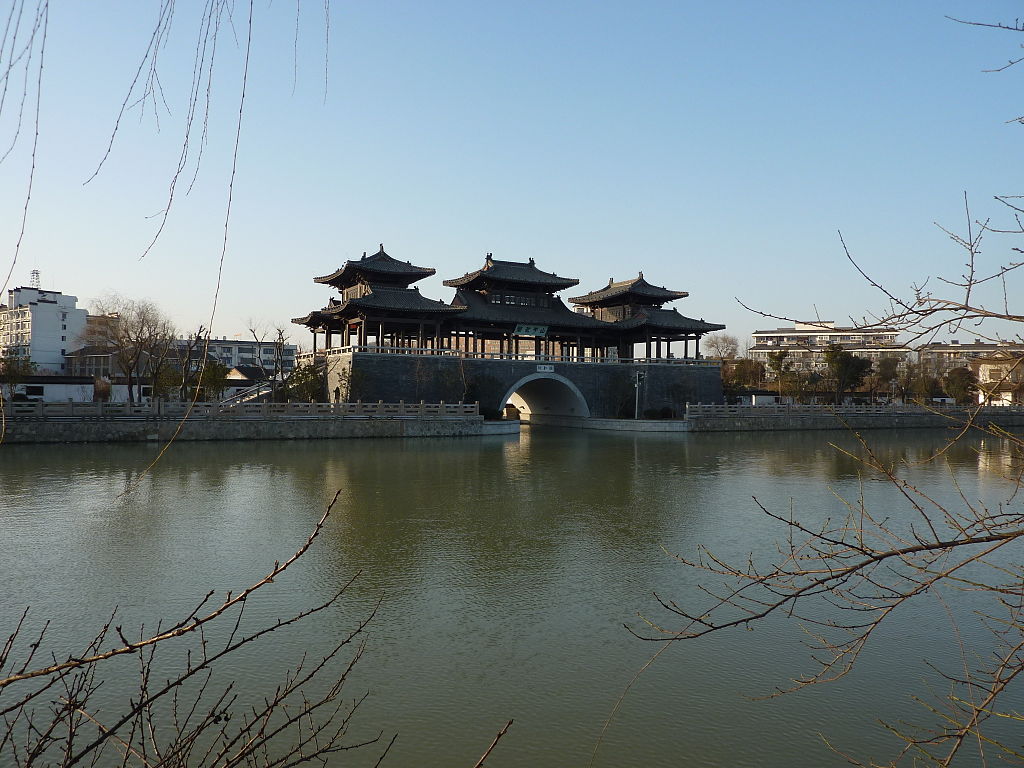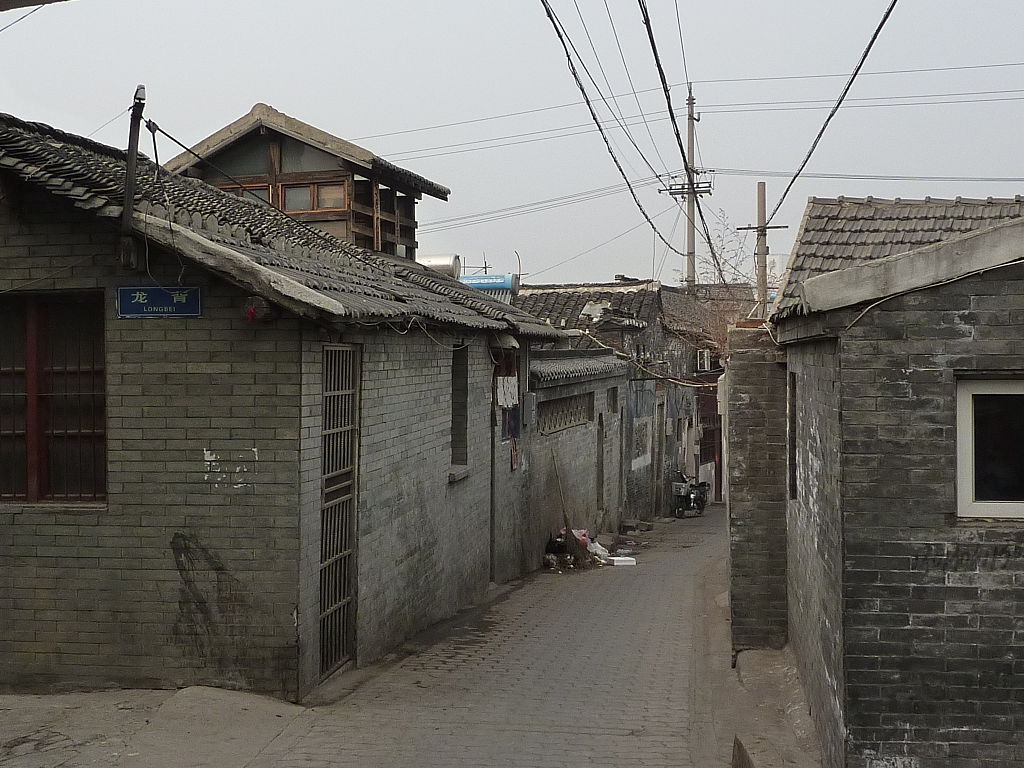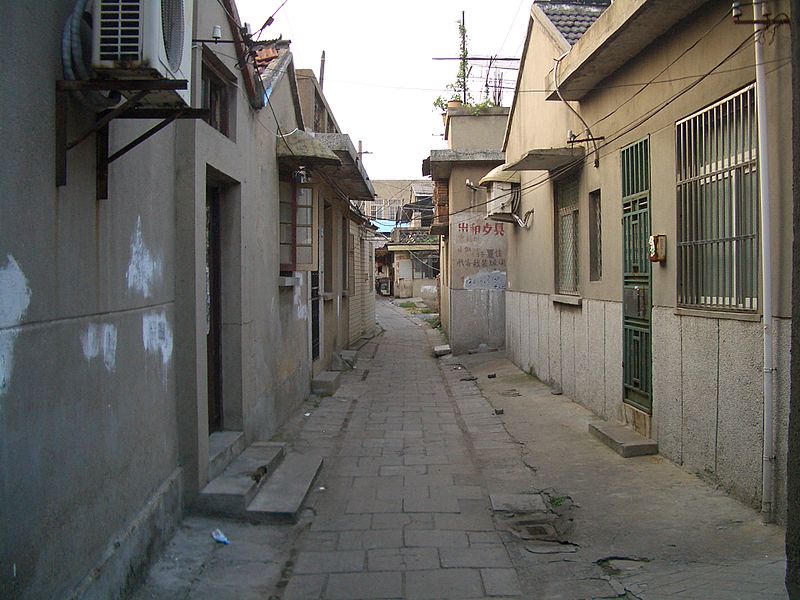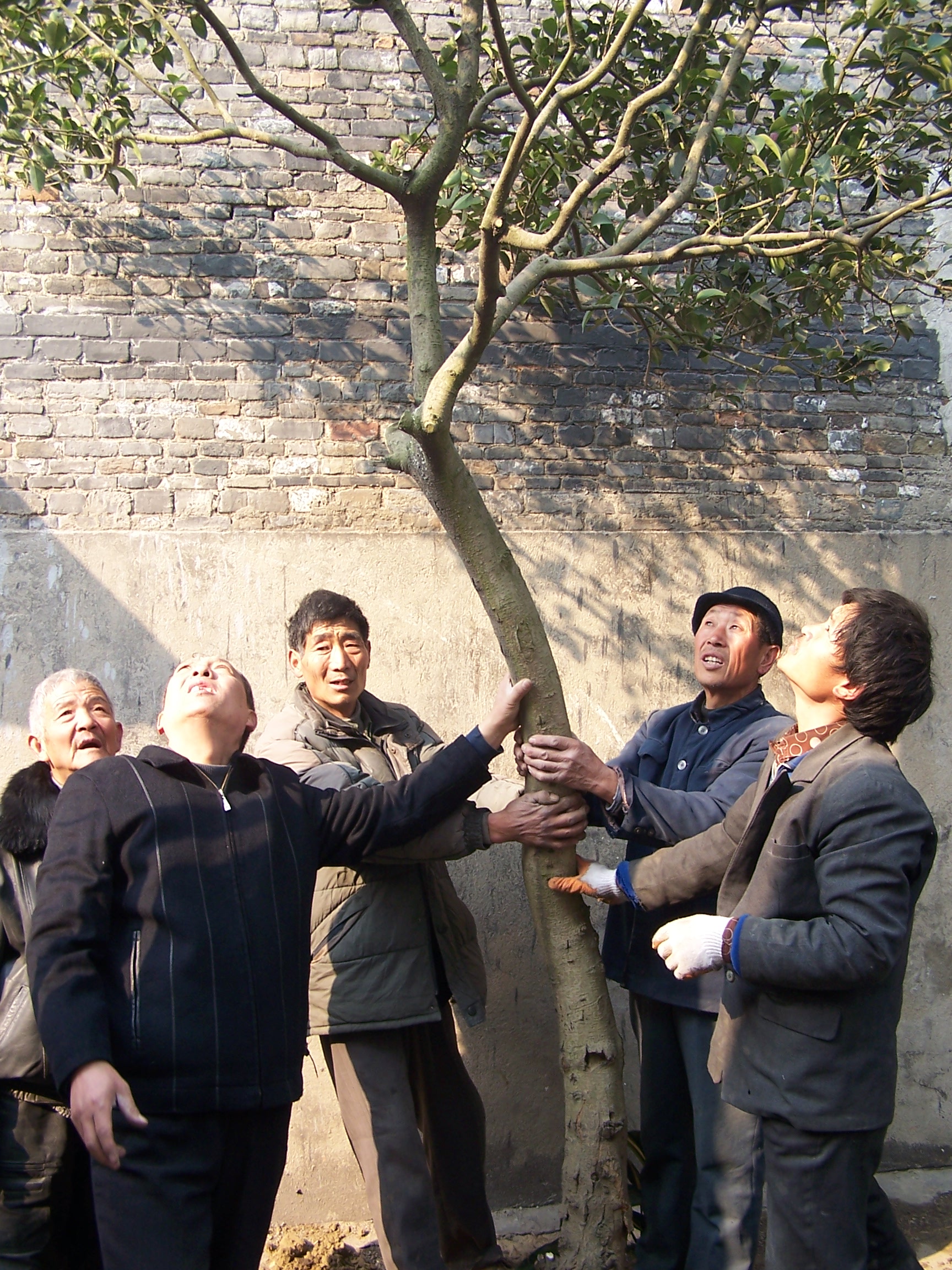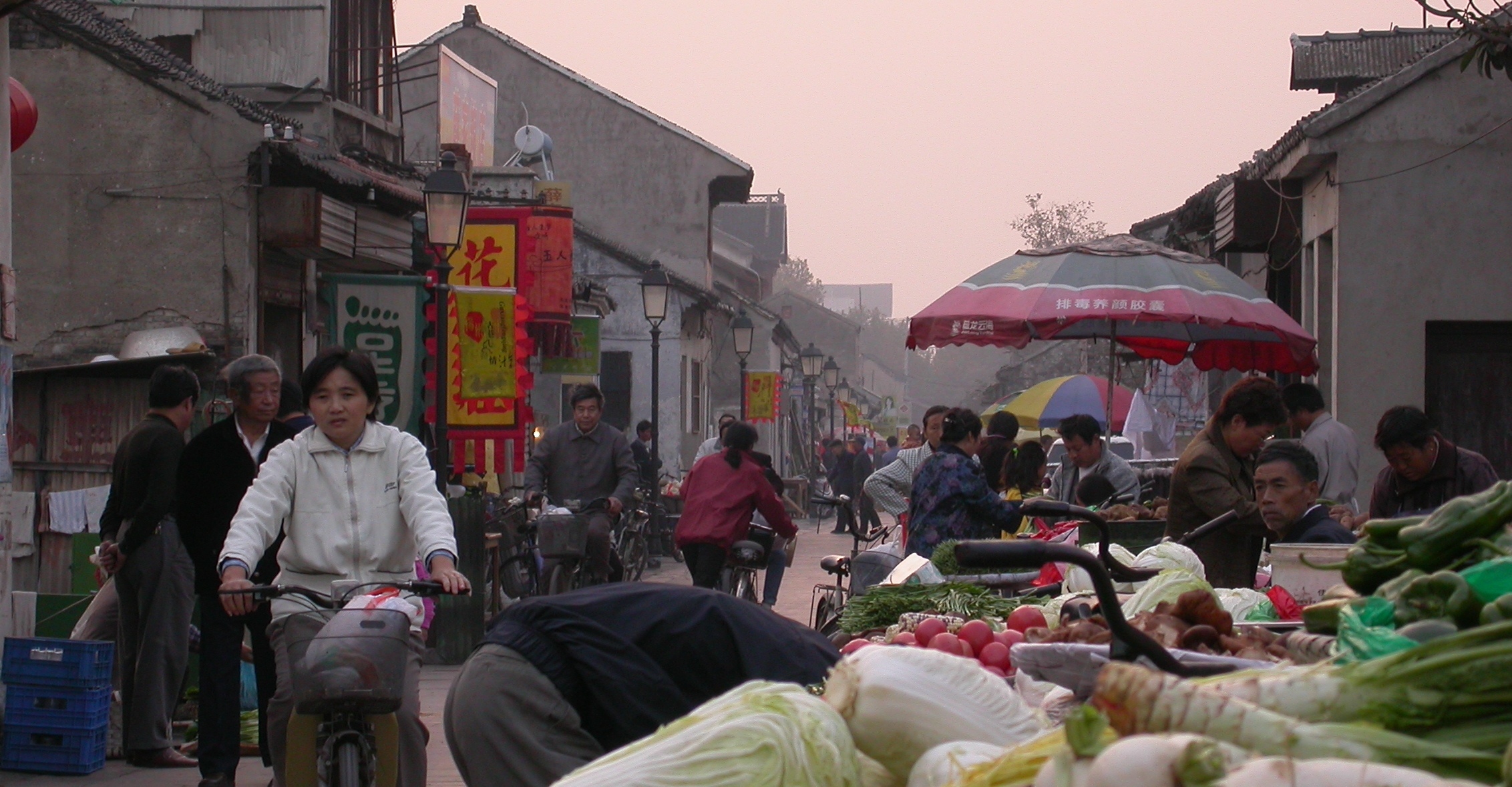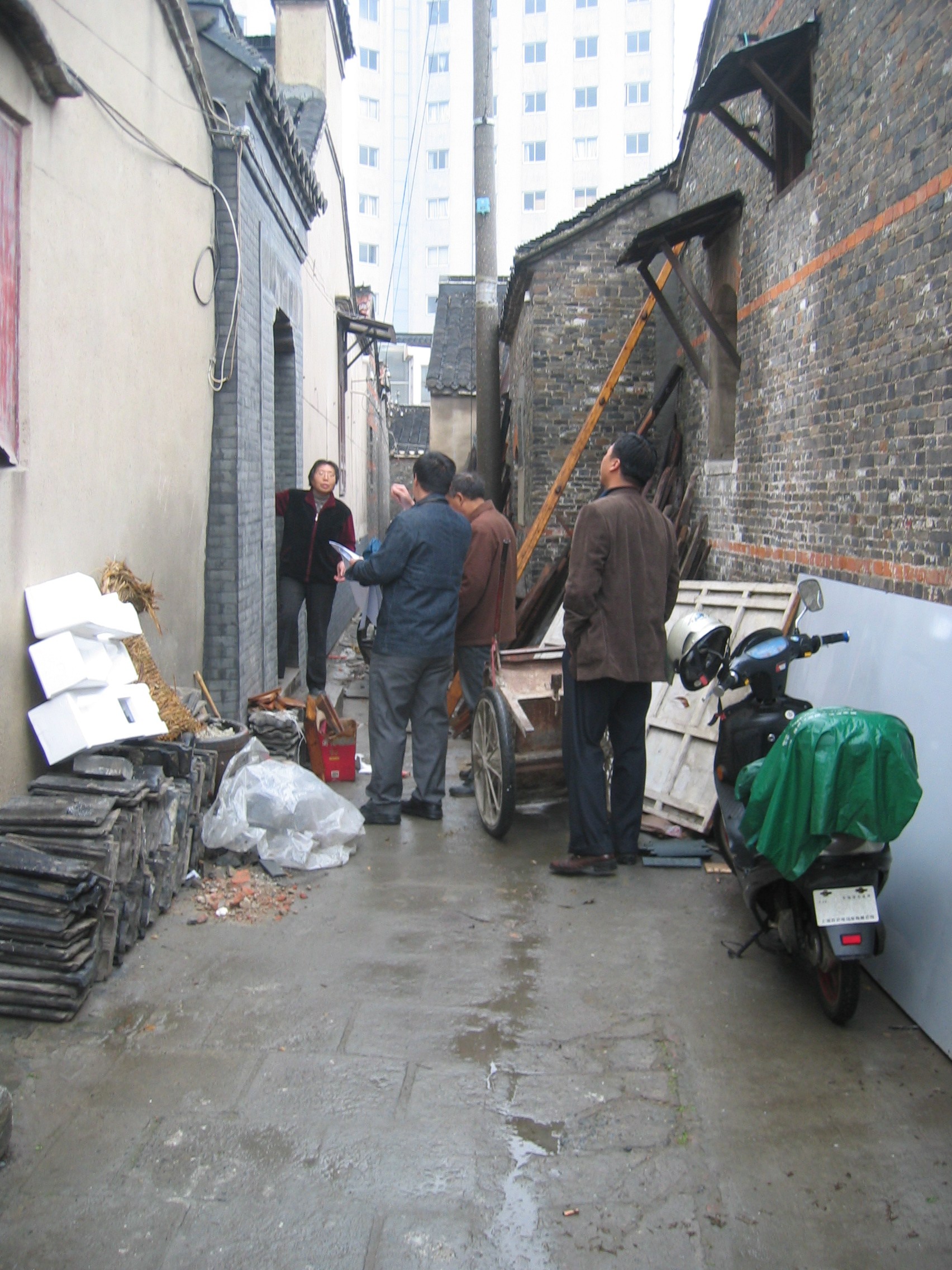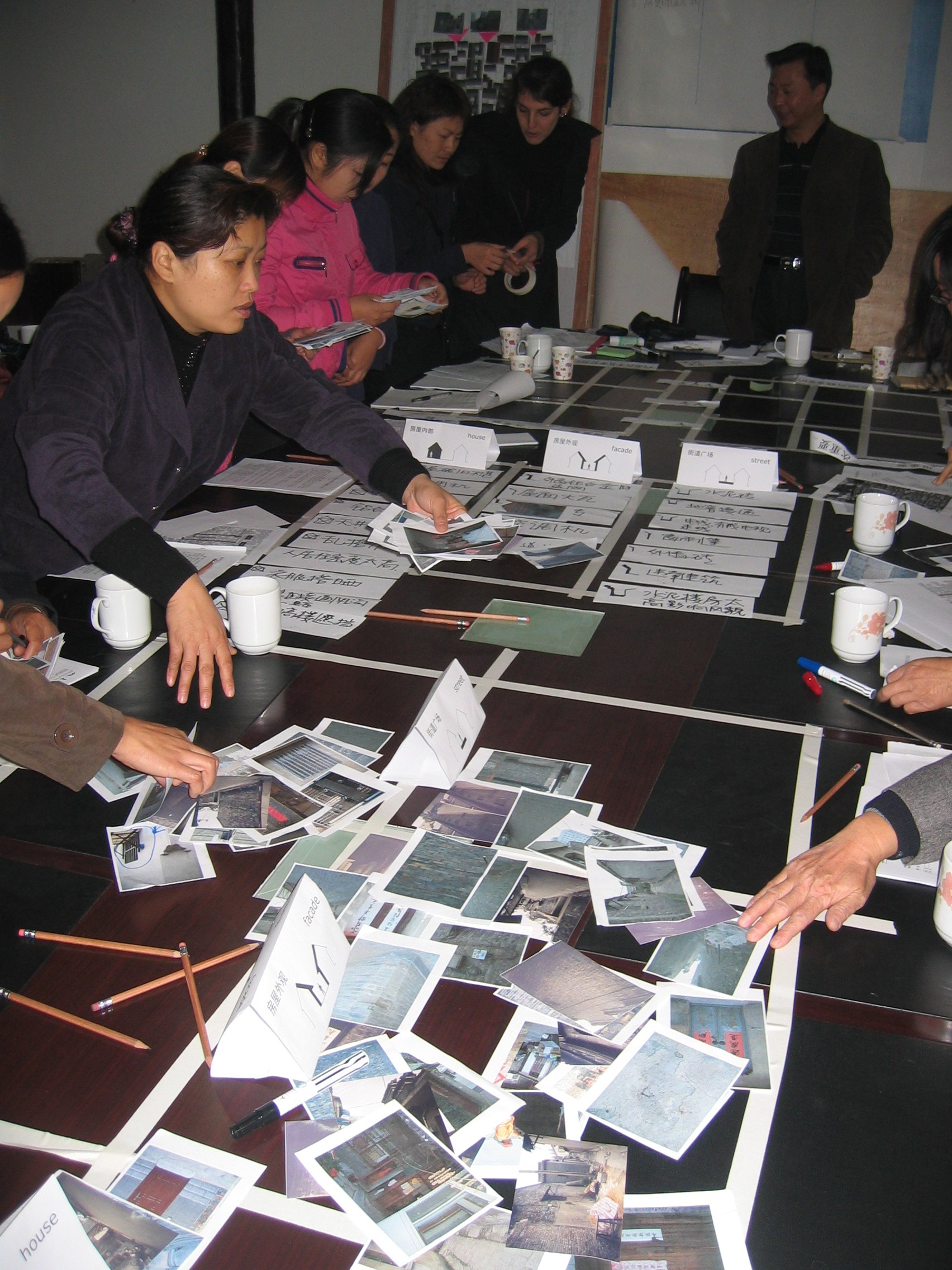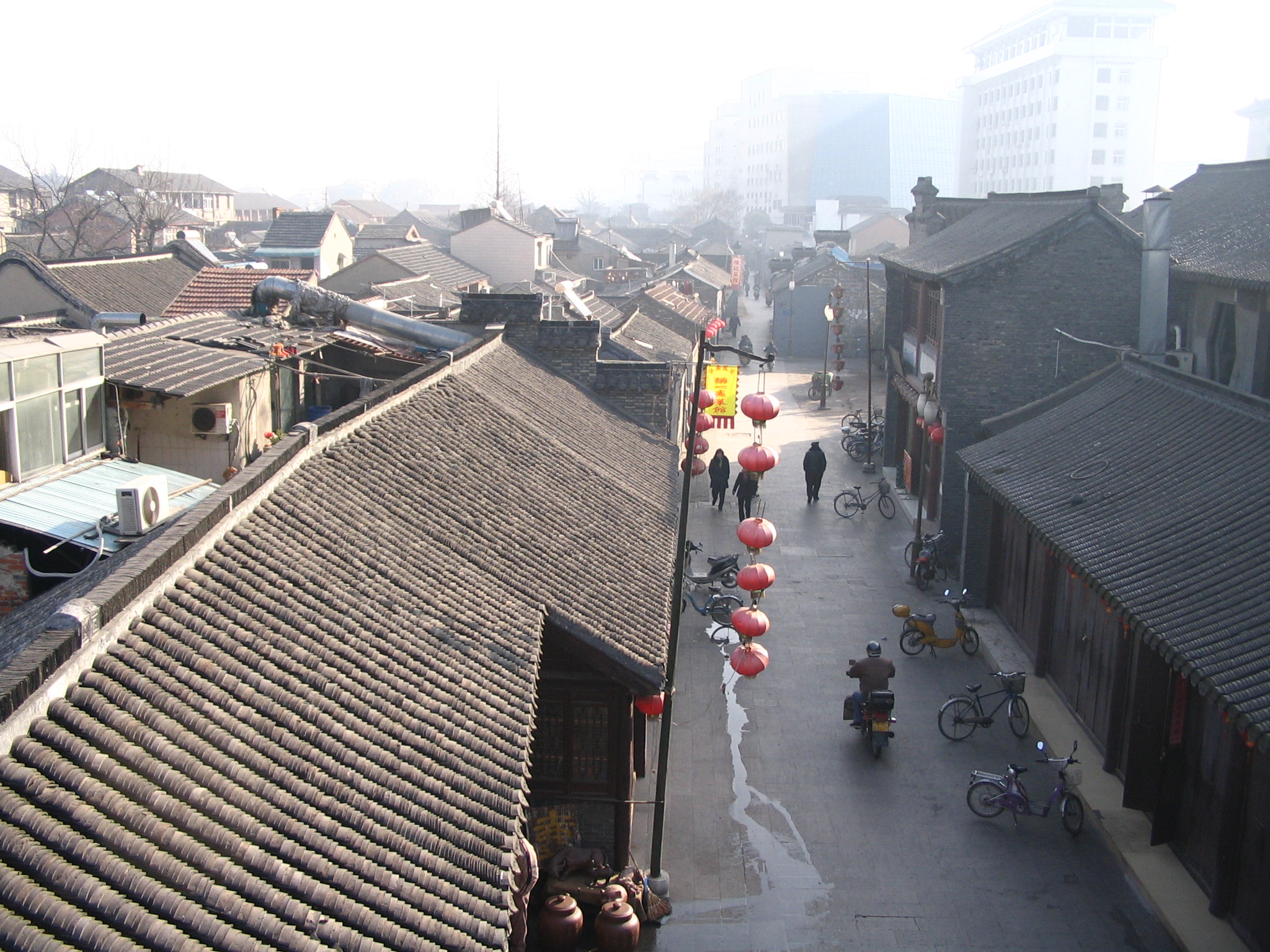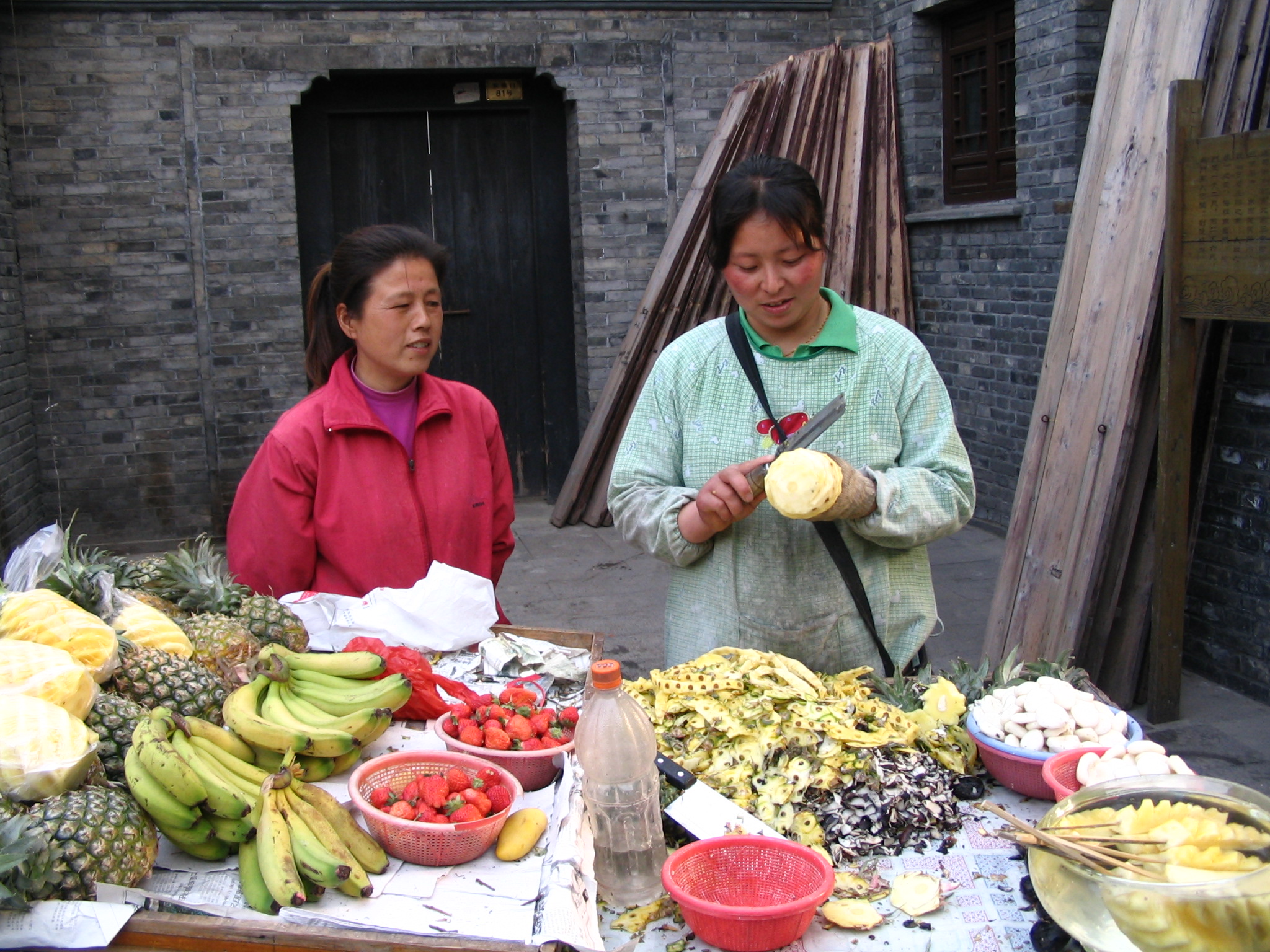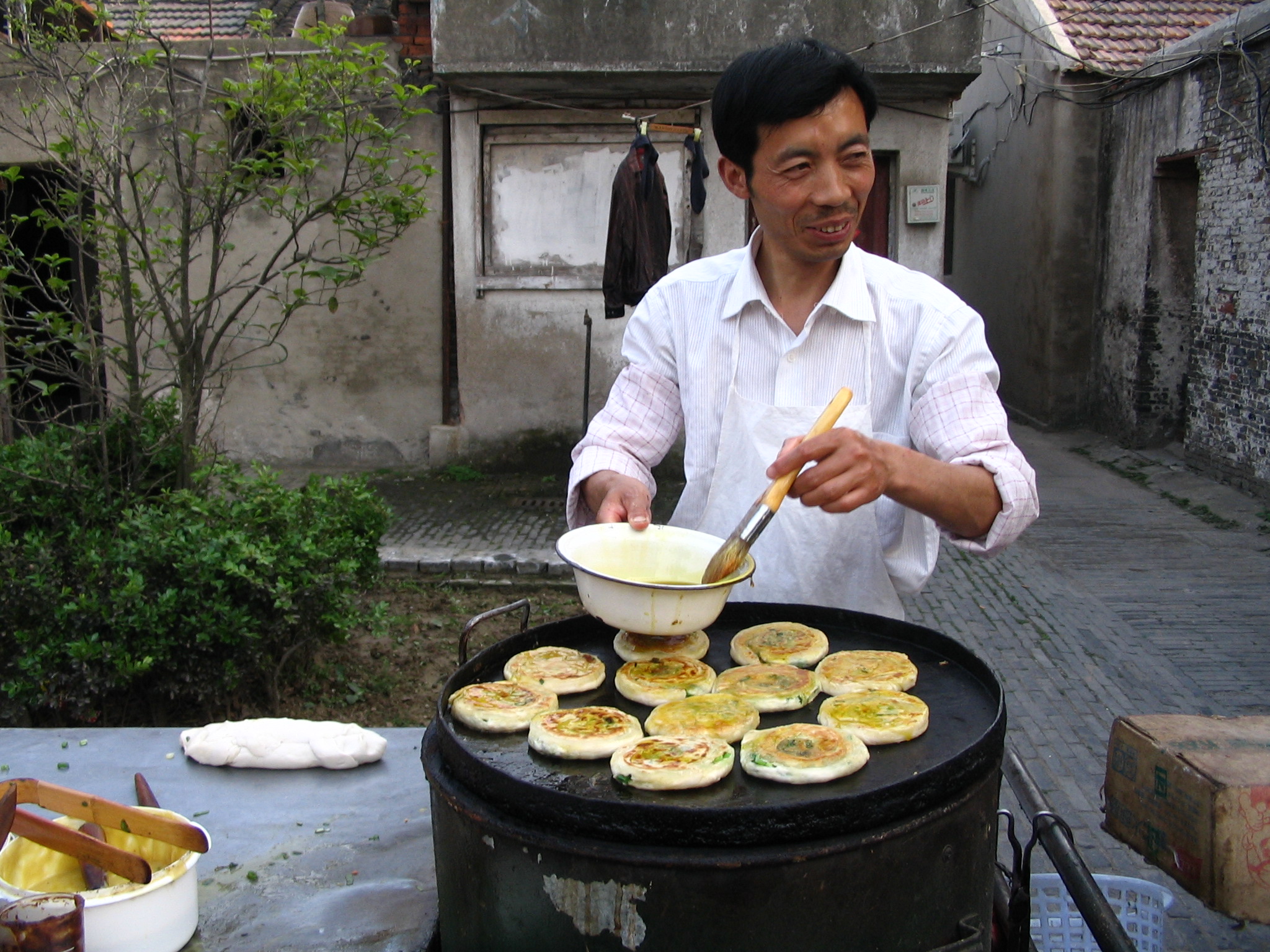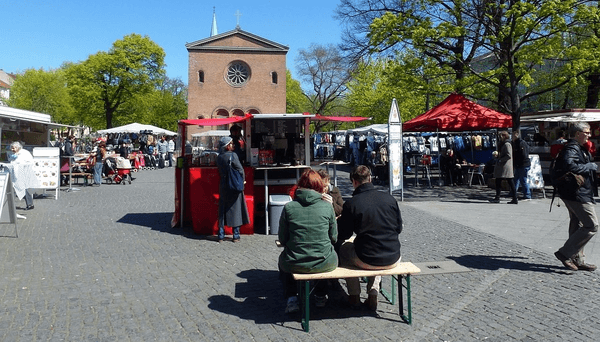Community Action Planning (CAP) methodology was used as a medium to involve the residents of the Old City for a holistic agreement on appropriate standards and involvement in self-help upgrading of their houses and facades. The Community Action Planning approach involves and links the citizens of a community or residents of a neighbourhood with local government decision makers and technical staff in a process of planning and decision making and agreement on priorities for action. All participants are involved in reaching a comprehensive understanding of the planning and construction issues. They set priorities for short, medium, and long term measures and develop sustainable concepts for improvement by including the views of all stakeholders. Community Action Planning workshops create a sense of ‘ownership’ amongst the participants for the development process, creating a sense of joint responsibility, and mobilisation of available public and private resources. The Community Action Planning in Yangzhou was based on previous experience in community upgrading in other countries, and was further developed and refined to consider the special circumstances of historic areas.
The Community Action Planning followed a process-oriented gradual upgrading methodology to avoid the need to relocate a large number of residents during the renovation process. The Community Action Planning was conducted in three phases: Pre Community Action Planning, Community Action Planning Workshop, and Post Community Action Planning, the most important of these being the Workshop.
The Pre Community Action Planning phase included the following actions:
- Identifying existing problems and repair potentials in residents home by conducting on-site visits, and contacting government agencies and institutions
- Determining discussion topics and organisation of the workshop
- Framework development to organise residents and encourage resident participation
- Organising a photography action “Old City in My Eyes” by giving residents disposable cameras and asking them to identify what they perceive as historical and non-historical elements in the Old City
The Community Action Planning Workshop was held in a venue easy for Old City residents to access.
Participants included: 30 residents of the Old City, representatives from government agencies, the local street office, and the neighbourhood committee. The workshop took place over three days.
- On the first day of the workshop, residents showed the photos from the “Old City in My Eyes” project, and discussed the historical and non-historical qualities of the streets, facades, and houses in the Old City. Residents were then asked questions relating to the historical qualities of the Old City, and problems were identified. Then, the costs and budgeting needs for upgrading the Old City were considered. Finally, the difficulty of implementing certain concerns was assessed, and priorities for upgrading were set.
- The second day of the workshop involved a field survey conducted by GIZ professionals, residents, and representatives from the neighbourhood committee. They identified problems and issues. Residents opened the doors of their homes for on-site observation.
- During the final day of the workshop, detailed action plans were developed. All concerns and issues were introduced and thoroughly discussed. The action plan addressed what she be done, who should be responsible, what measures should be taken, how the project will be financed, which policies could provide support, and when the upgrading should take place.
The Post Community Action Planning included:
- The GIZ Work Team created a guideline for phased upgrading
- A master plan for development, which was revised according to residents’ suggestions
- An estimation of the needs and costs to renovate each house and made available to residents
- Representatives amongst the organisations, neighbourhood committee, and residents were selected as contact persons to provide oversight and insurance that the standards agreed upon during the workshop will be implemented
Actors and their roles in the Yangzhou Urban Upgrading Strategy:
- Residents participated in the rehabilitation process actively, not only as beneficiaries, but as investors as well.
- Yangzhou Famous City Company (YFCC) as implementation partner
- The Old City Office as a coordination institution of the government joined the YFCC in the implementation of the program.
- GIZ international expert team provided policy and technical support.
